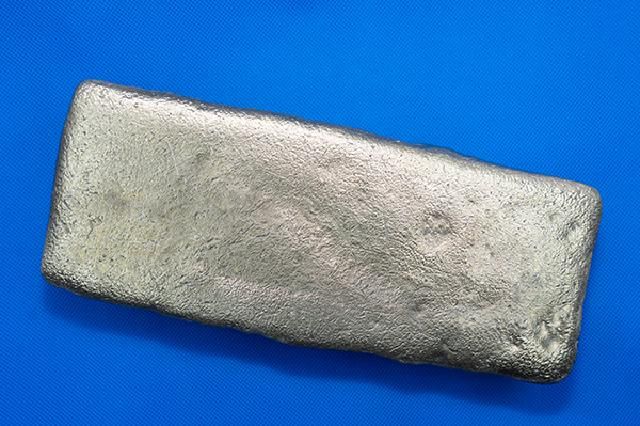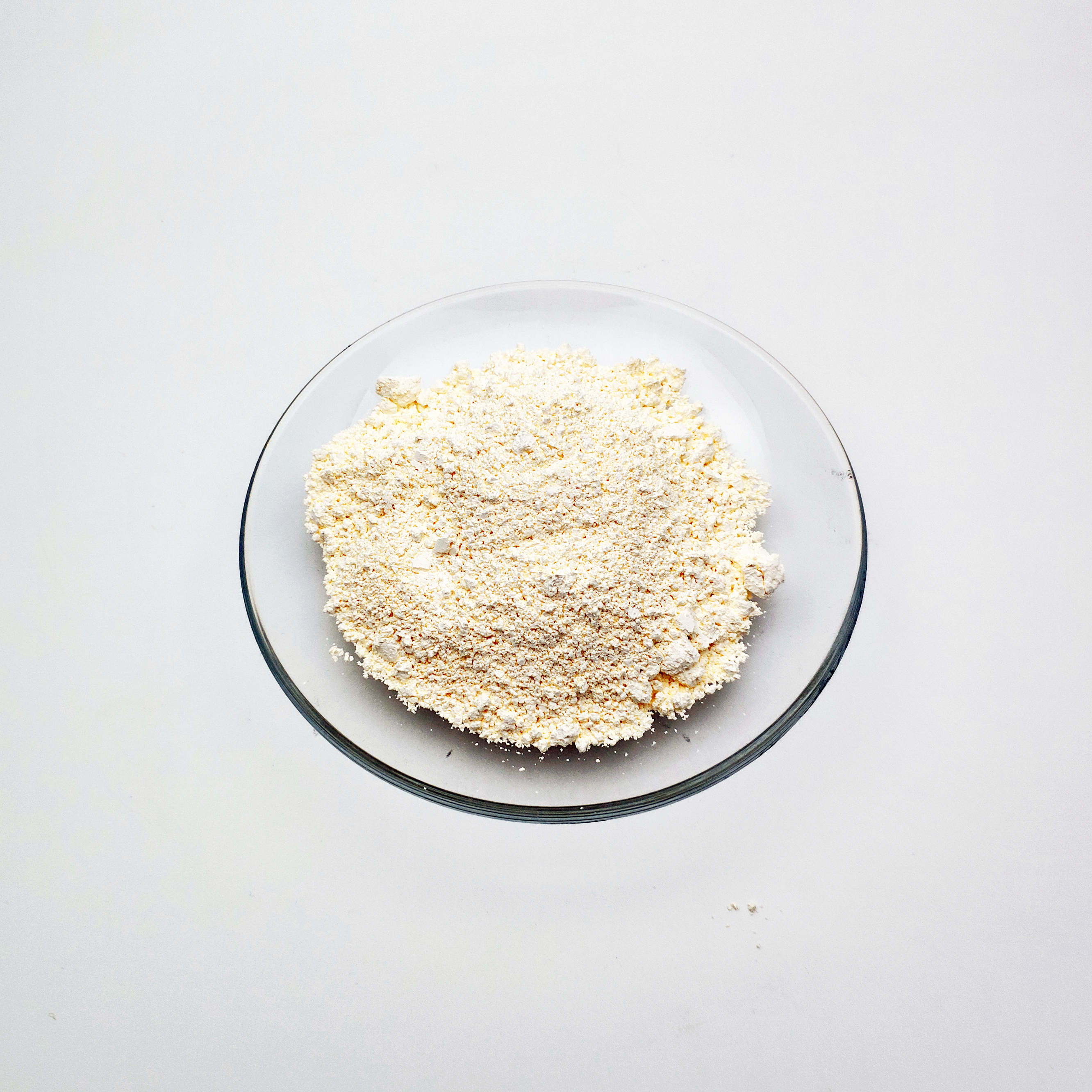Cerium, the name comes from the English name of the asteroid Ceres. The content of cerium in the earth’s crust is about 0.0046%, which is the most abundant species among rare earth elements. Cerium mainly exists in monazite and bastnaesite, but also in the fission products of uranium, thorium, and plutonium. It is one of the research hotspots in physics and materials science.

According to available information, cerium is inseparable in almost all rare earth application fields. It can be described as the “rich and handsome” of rare earth elements and the all-round “cerium doctor” in application.
Cerium oxide can be directly used as polishing powder, fuel additive, gasoline catalyst, exhaust gas purifier promoter, etc. It can also be used as a component in hydrogen storage materials, thermoelectric materials, cerium tungsten electrodes, ceramic capacitors, piezoelectric ceramics, cerium silicon carbide abrasives, fuel cell raw materials, permanent magnet materials, coatings, cosmetics, rubber, various alloy steels, lasers and Non-ferrous metals, etc.

In recent years, high-purity cerium oxide products have been applied to the coating of chips and the polishing of wafers, semiconductor materials, etc.; high-purity cerium oxide is used in new thin film liquid crystal display (LFT-LED) additives, polishing agents, and circuit corrosives; high purity Cerium carbonate is used to produce high-purity polishing powder for polishing circuits, and high-purity cerium ammonium nitrate is used as a corrosive agent for circuit boards and a sterilization and preservative for beverages.
Cerium sulfide can replace lead, cadmium and other metals that are harmful to the environment and humans and be used in pigments. It can color plastics and can also be used in paint, ink, and paper industries.
The Ce:LiSAF laser system is a solid-state laser developed by the United States. It can be used to detect biological weapons by monitoring the concentration of tryptophan, and it can also be used in medicine.
The application of cerium to glass is diverse and versatile.
Cerium oxide is added to daily glass, such as architectural and automotive glass, crystal glass, which can reduce the transmittance of ultraviolet rays, and has been widely used in Japan and the United States.
Cerium oxide and neodymium oxide are used for glass decolorization, replacing the traditional white arsenic decolorizing agent, which not only improves the efficiency, but also avoids the pollution of white arsenic.
Cerium oxide is also an excellent glass coloring agent. When the transparent glass with rare earth coloring agent absorbs visible light with a wavelength of 400 to 700 nanometers, it presents a beautiful color. These colored glasses can be used to make pilot lights for aviation, navigation, various vehicles, and various high-end art decorations. The combination of cerium oxide and titanium dioxide can make the glass appear yellow.
Cerium oxide replaces traditional arsenic oxide as a glass fining agent, which can remove bubbles and trace colored elements. It has a significant effect in the preparation of colorless glass bottles. The finished product has a bright white, good transparency, improved glass strength and heat resistance, and at the same time eliminates The pollution of arsenic to the environment and glass.
In addition, it takes 30-60 minutes to polish the lens with cerium oxide polishing powder in one minute. If using iron oxide polishing powder, it takes 30-60 minutes. Cerium oxide polishing powder has the advantages of small dosage, fast polishing speed and high polishing efficiency, and can change the polishing quality and operating environment. It is widely used in the polishing of cameras, camera lenses, TV picture tubes, spectacle lenses, etc.
Post time: Jul-04-2022